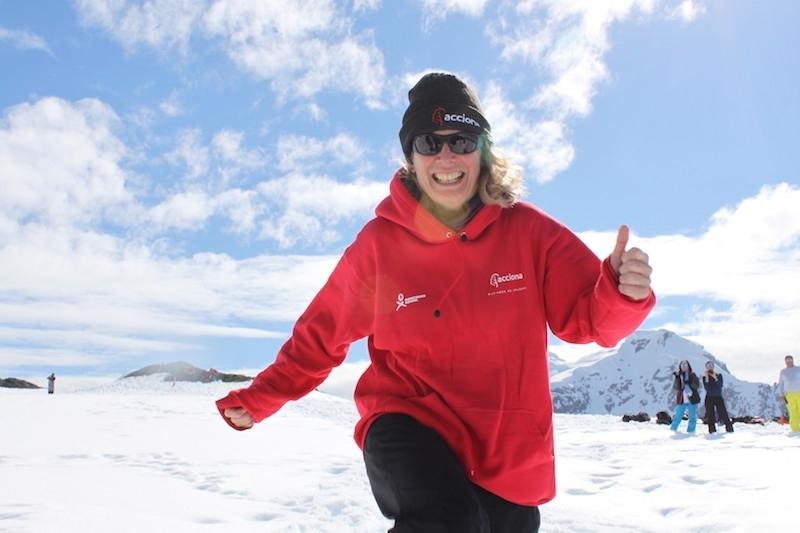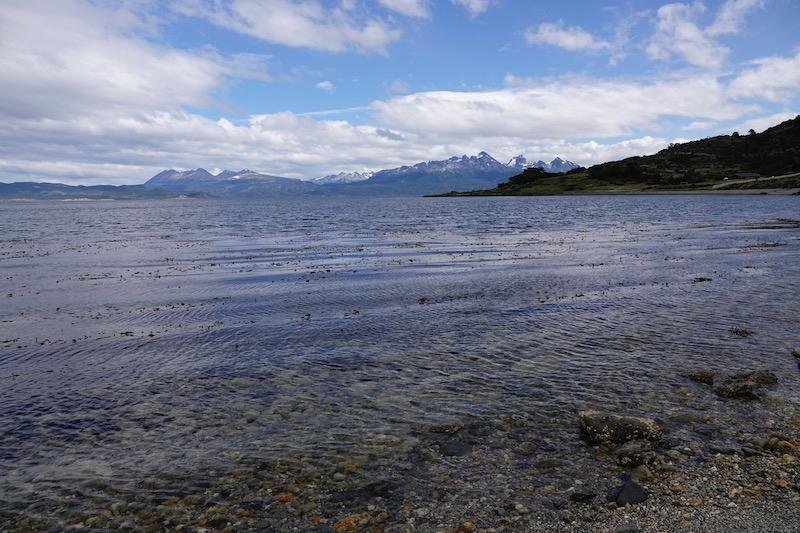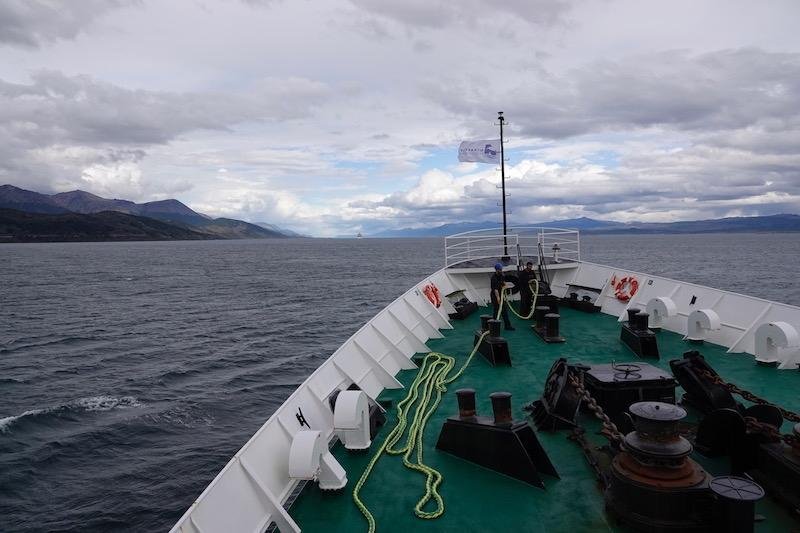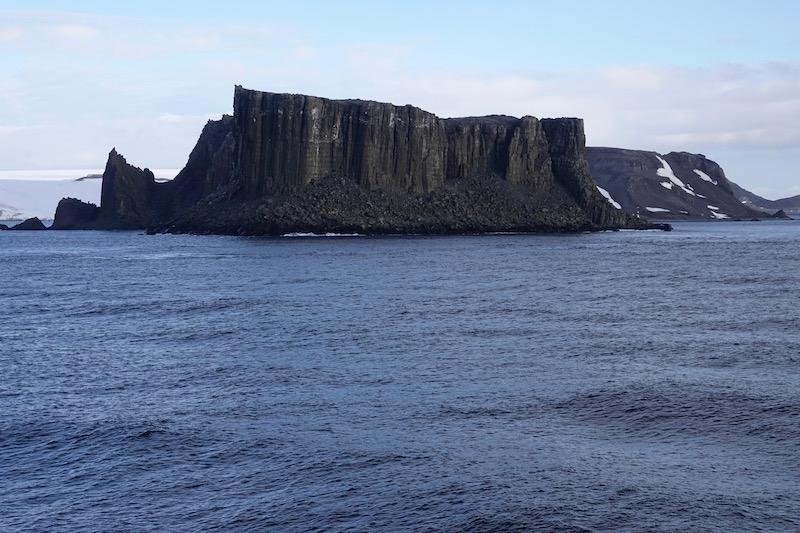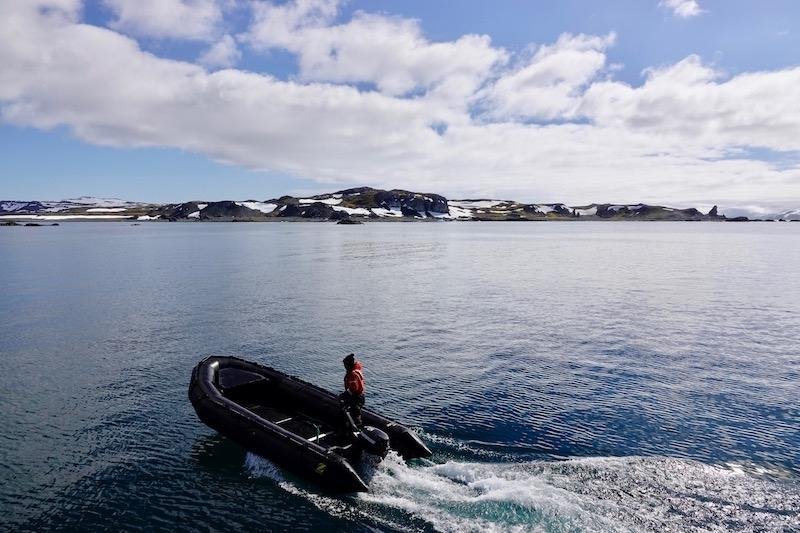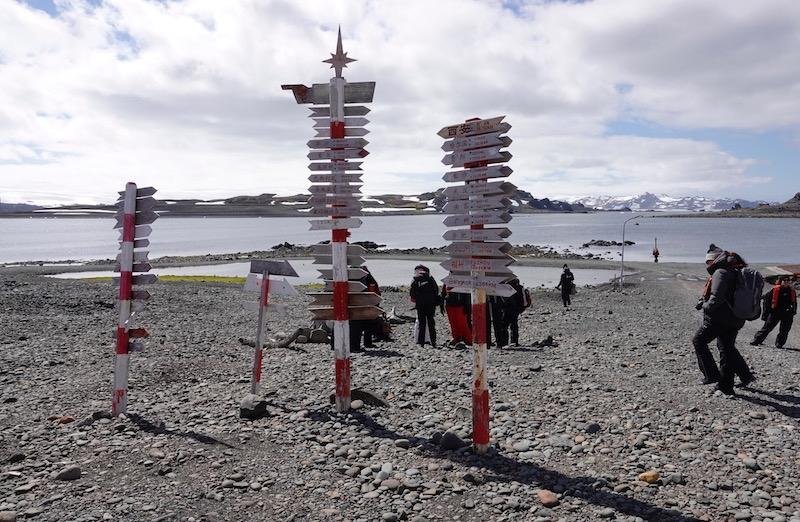Items filtered by date: Saturday, 26 January 2019
Homeward Bound - A leadership voyage of Discovery
Sharon has just returned from 19 days aboard the MV Ushuaiaas part of the Homeward Bound HB3 voyage. Homeward Bound is a ground-breaking leadership initiative, set against the backdrop of Antarctica, which aims to heighten the influence and impact of women in making decisions that shape our planet.
I was invited to join the Homeward Bound Leadership Faculty for the third voyage (HB3) which departed Ushuaia in Argentina on 31st Dec 2018. My role was to deliver the On-Board Science Stream content with Dr Katherine Duncan (University of Strathclyde). In 2019 we were extremely lucky to have the inspiring and stubbornly optimistic Christiana Figueras join the Leadership Faculty. This is my blog.
Days 1-6
We left on New Year’s Eve 2018, after two days of travelling and then three days of on shore program delivered in Ushuaia. By the time we found our cabins and unpacked, securing all our belongings to ensure they survived the Drake Passage, we were ready for a good rest. So many of us spent a lot of the Drake crossing catching up on sleep.
We arrived in the South Shetland islands on the 3rd Jan 2019.
Our first visit ashore was to King George Island which is home to many Antarctic stations. I have visited this island twice before with colleagues, Dr Angelica Casanova-Katny (University of Temuco) and Professor Gustavo Zuniga (USACH), staying at the Chilean Summer Scientific Station, Escudero. I am excited to see Ardley Island from the ship as we sail by. This Antarctic Specially Protected Area, has some of the best lichens I have ever seen, but I am surprised to see there is very little snow on the island. However, this is good news for Dr Melinda Waterman who will be arriving at Escudero in the next few days. Less snow means it will be easier for her to make the measurements of moss microclimate that we need.
Meanwhile, the HB3 team visit the Chinese Great Wall Station where were saw the museum which shows what life was like for Antarctic expeditioners in the 1980s and walked around the station. While visits to stations by tourist ships are limited, interstation visits for researchers are quite common. In 2015, whilst at Escudero, I was lucky enough to be invited to Sunday afternoon tea at Great Wall Station and we saw the new Science Laboratory and station library.
More unusually, in 2013, Angelica and I attended the Metallica concert at Carlini Base. Not the sort of thing you expect to be invited to whilst researching mosses in Antarctica! King George Island was the furthest south I had been on this side of Antarctica so all the other locations were new experiences for me.
Antarctica’s ‘moss forests’ are drying and dying
The lush moss beds that grow near East Antarctica’s coast are among the only plants that can withstand life on the frozen continent. But our new research shows that these slow-growing plants are changing at a far faster rate than anticipated.
Read more in the Conversation
Plus here is a link to our latest youtube video
Sharon Robinson, Melinda Waterman & Andrew Netherwood (2017) East Antarctic mosses reveal a windier, drier climate
The paper is available here if you want to read it. This email address is being protected from spambots. You need JavaScript enabled to view it. if you want a copy.
Robinson SA, King D, Bramley-Alves J, Waterman MJ, Ashcroft MB, Wasley J,Turnbull JD,Miller RE,Ryan-Colton E, Benny T, Mullany K, Clarke, LJ, Barry, L, HuaQ. (2018) Rapid change in East Antarctic terrestrial vegetation in response to regional drying. Nature Climate Change8, 879-884, DOI: 10.1038/s41558-018-0280-0
Drones help scientists check the health of Antarctic mosses, revealing climate change clues
Drones are helping scientists check the health of Antarctic mosses, revealing clues on the pace of climate change.
Read more in the Conversation
Plus here is the Youtube video
and if you want to read the paper
Malenovský Z, Lucieer A King DK, Turnbull JD & Robinson SA (2017) Unmanned aircraft system advances health mapping of fragile polar vegetation. Methods in Ecology and Evolution 8 1842-1857

